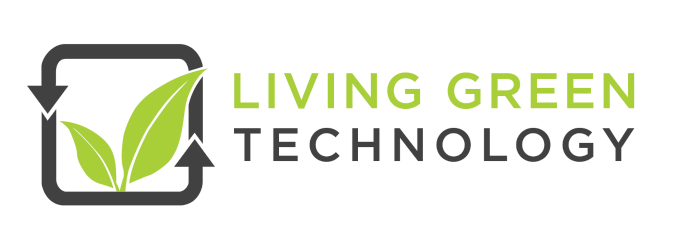Reducing waste takes many forms. E-waste can potentially leak into the soil and water supply while other products like mattresses can be difficult to dispose of because of size and materials. Though the dangers they pose are different, responsibly recycling both e-waste and mattresses reduces waste and saves money.
Thirty million mattresses pile up in landfills each year, where they are difficult to compact, clog equipment, and take up a lot of space. Yet these large household products are made almost entirely of recyclable materials.
Recyclable Mattress Components
- Steel: Innerspring mattresses contain as much as 25 pounds of steel. Once melted down, the steel can be used to make auto parts, roofing, and other construction materials.
- Polyfoam and Memory Foam: Foams are not the most environmentally-friendly product. Unless they are plant-based, they’re often made with chemicals that don’t break down easily and could give off harmful fumes. However, dense foams like polyfoam and memory foam can be shredded to make carpet padding, gym equipment, and padding for car seats.
- Cover Fabric: Natural fibers like cotton and wool can be turned into thread to be reused to make other products. Synthetic fabrics are often shredded and used to create new textiles including clothing.
- Wood: While mattresses may not have wood in them, the box springs that go with beds might. The frame can be chipped or mulched to make ground covering or paper.
Recycling in the Seattle Area
Currently, King County is working on expanding the network of facilities that can recycle mattresses. Right now, two businesses will recycle a mattress for a small fee. Spring Back Recycling NW in Tacoma, WA has five locations and Republic Services in Renton, WA will pick up in the Renton area.
Go Green and Buy a Better Mattress
Buying smart can keep beds out of landfills or at least fill them with biodegradable mattresses that decompose. The only truly green option, as in 95 percent biodegradable, are all-natural latex mattresses. Durable and comfortable, natural latex is made from the sap of the rubber tree. Depending on the manufacturing process, either Dunlop or Talalay, natural latex mattresses will contain anywhere from 5 to 40 synthetic latex, which is derived from petrochemicals.
While natural latex mattresses are safer for the environment, they’re also expensive. There are several hybrid options available, including a hybrid that uses a Dunlop latex core covered in Talalay latex and another with a latex covered innerspring core. Both of these options are affordable yet remain environmentally friendly.
If latex isn’t in your budget, look for natural and organic materials with certifications from independent organizations. Natural and organic materials are free from harmful chemicals and break down easier over time. Materials to look for include:
- Organic Fibers: Cotton and wool mattress covers that are certified organic offer the best safety and smallest carbon footprint.
- Plant-Based Foams: Plant-based foams are made with plant oils rather than harsh chemicals, making them a safer choice.
- Fire Socks: Fire socks made of cotton, wool, thistle, or Kevlar offer natural options. Fire socks replace the traditional chemical fire retardants found in some mattress covers.
The combination of smart disposal and informed purchases can help cut down on waste and keep mattresses out of landfills. It’s also a good way to reduce your family’s exposure to harmful chemicals and support the production of organic and natural products.





Let Us Know What You Thought about this Post.
Put your Comment Below.